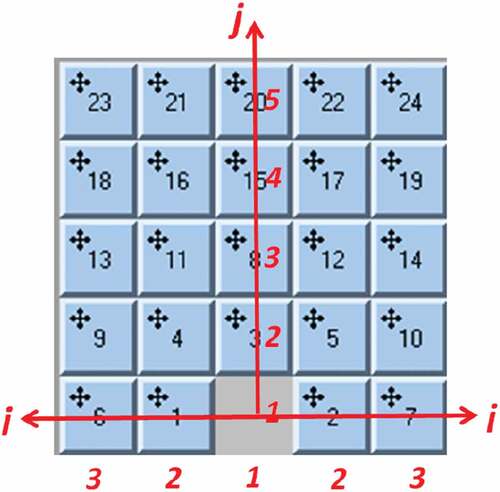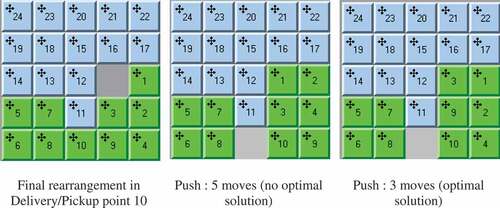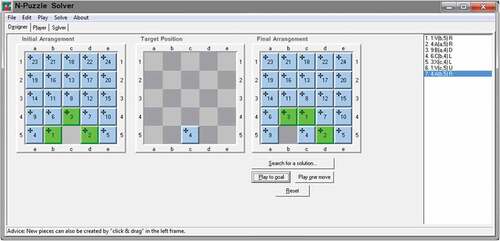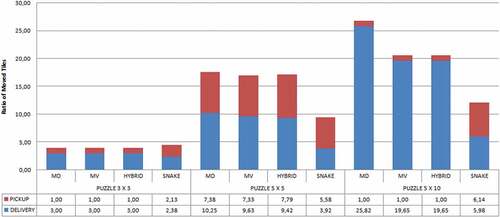Figures & data
Figure 1. (a). Delivery of height orders to a home and return of “Smart-boxes”. (b). Side view and Top view of Driverless Delivery Vehicle (DDV)
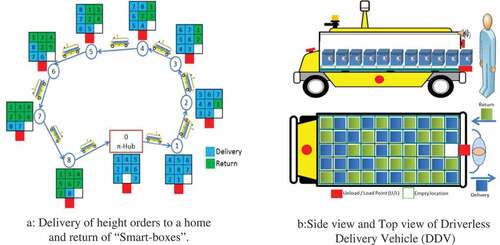
Table 1. Attributes of a “Smart-Box”
Figure 4. Arrangement according to Manhattan Distance. They are three different ways for a tile number 20 to reach its targposition (I/O Point), all in the same minimum Manhattan Distance (MD = 5)
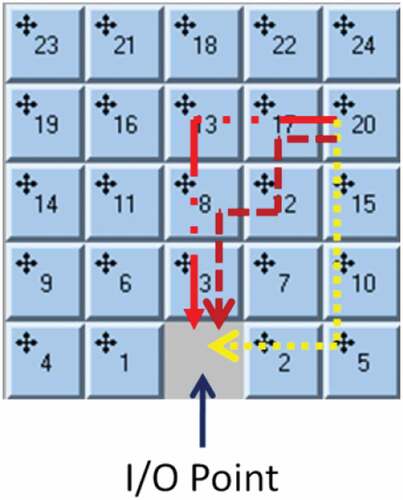
Figure 6. Connected Tiles. Initial Arrangement at PI-Hub 0: Tiles 1, 2 and 3 form a first “snake”, tiles 4 and 5 a second “snake” and the third snake is formed by tiles 6 and 7. Tile 8 is isolated (in this configuration)
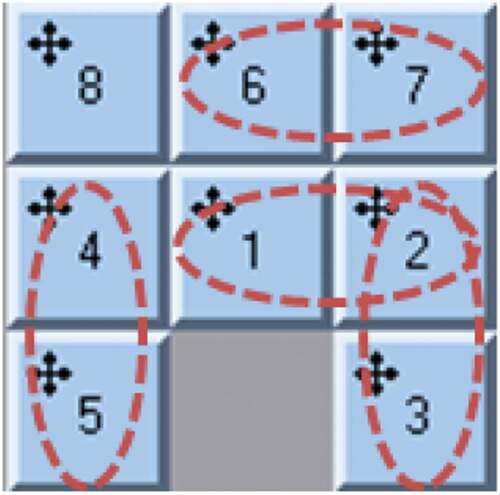
Figure 7. Different initial rearrangement according Manhattan distance (MD), Number of moves (MV), Hybrid rearrangement and rearrangement in “snake-line”
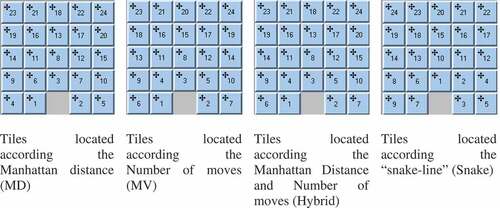
Figure 8. (a). Initial rearrangement at Delivery Pickup Point 3 (Ri). (b). Target state for delivery tile 4 (ti+1). (c). 5 moves for delivery tile 4 according to puzzle-solver (Ri+1). (d). Push-1: 1 Left move for return tile 4

Table 2. Initiatial arrangement and rearrangement for different strategies



